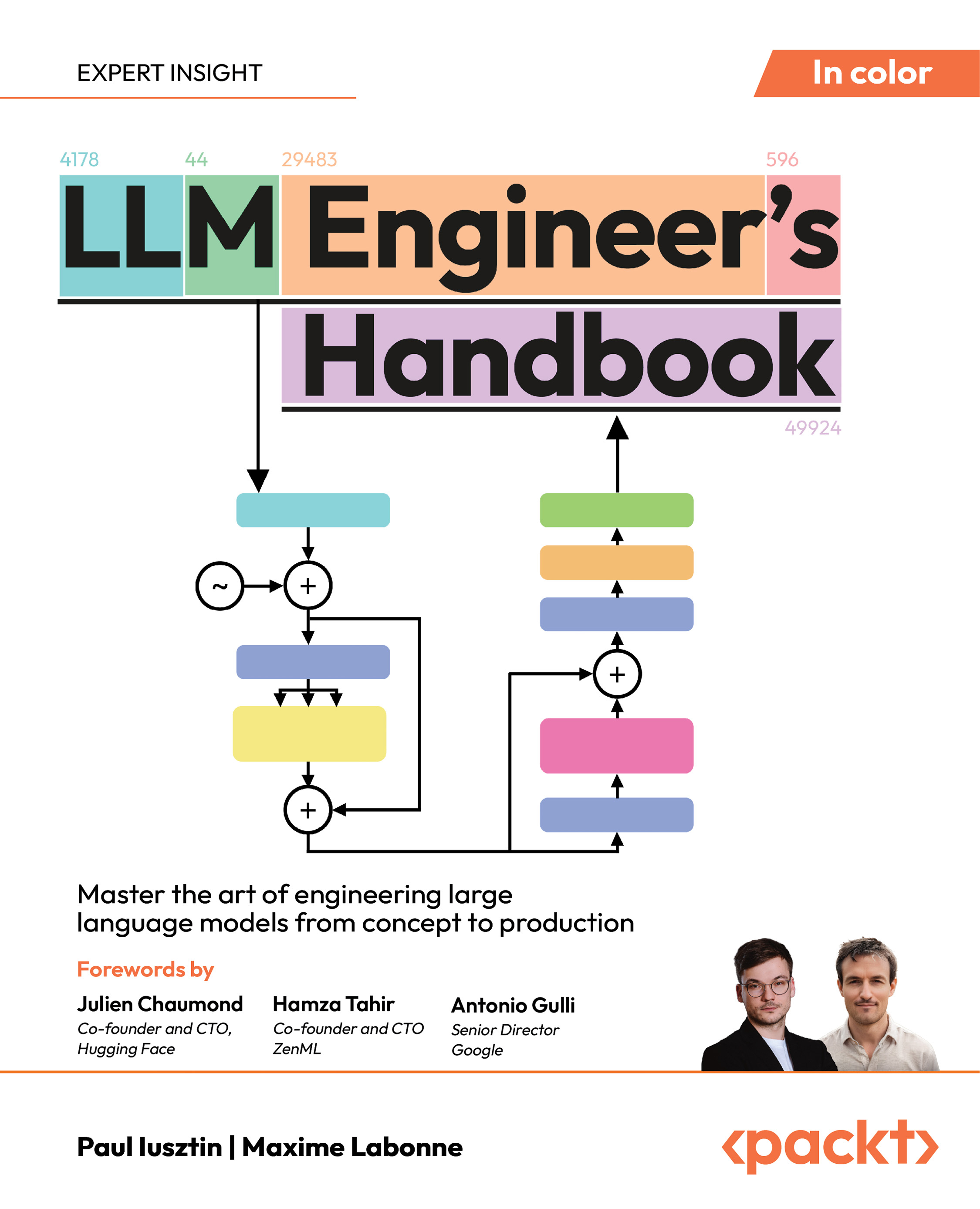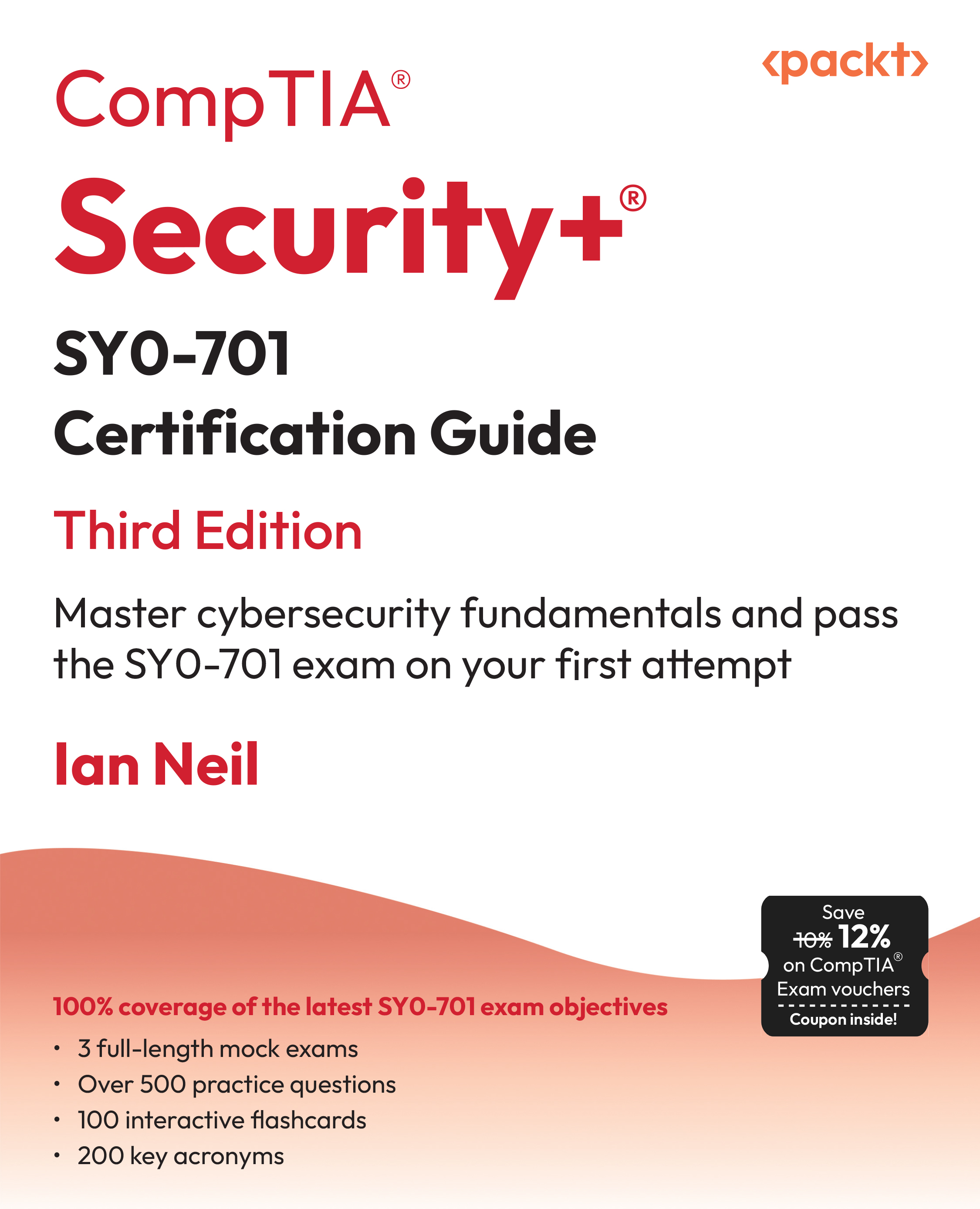
Create and implement a successful business strategy for improved performance throughout the whole enterprise
Identify and engage the process owner
Tip: Identifying and engaging the process owner in the improvement process is important.
- Unless the process owner is fully committed to process improvement, it will not happen and any attempts will be met with resistance.
- Failure to engage a committed process owner guarantees failure to improve the process in the long term.
The people who understand the process the best are those engaged in it, either as customers, suppliers, or staff who run the process. Getting engagement from everyone who has responsibility is the best way to deliver transformation. The appreciative inquiry method is an innovative way of doing this, by engaging individuals in organizational renewal, change, and focused performance through the discovery of what is good in the organization. This leads to my second top tip.
Talk to the people who deal with errors
Tip: It is good to engage the process staff from the beginning, especially those who fix mistakes. Ensure their participation in the process improvement. They know what is necessary to fix the mistake, so they can help design to prevent mistakes from occurring.
Managers frequently do not know how work is really done. They may think they do, but in reality the work is often done other ways. Look for informal processes based on relationships and local knowledge, which are often more important and effective than the formal, documented process.
Capture the current "What" in detail but not the "How"
Tip: The two most important aspects of a process are what and how. The question of what is the information that is required to run the process has its answer as data. Whereas, the question of how is value created and enhanced has its answer as a process.
- If the current process is broken, the new process will probably reuse the data but not the process itself. It is only necessary to model the current process at a high level.
Unlock access to the largest independent learning library in Tech for FREE!
Get unlimited access to 7500+ expert-authored eBooks and video courses covering every tech area you can think of.
Renews at £15.99/month. Cancel anytime
- Ask why at least five times to get to the root cause of the process problem.

Reduce moments of truth
Tip: The customer judges a process on the experience when they engage with the organization. For any given transaction, strive to limit the number of contacts with a client. Think of eBay's one-click process for ordering a book. Isn't that preferable than filling out a long form?
Seek to minimize these moments. Add value to the customer at these moments while reducing effort for them; in short simplify any process for your customers.
Reduce handoffs
Tip: Many problems occur at hand-off from one person to another. The fewer the handoffs, the less opportunity there is for delay and miscommunication.
Where handoffs are essential, you can consider parallel processing rather than sequential.
 United States
United States
 Great Britain
Great Britain
 India
India
 Germany
Germany
 France
France
 Canada
Canada
 Russia
Russia
 Spain
Spain
 Brazil
Brazil
 Australia
Australia
 South Africa
South Africa
 Thailand
Thailand
 Ukraine
Ukraine
 Switzerland
Switzerland
 Slovakia
Slovakia
 Luxembourg
Luxembourg
 Hungary
Hungary
 Romania
Romania
 Denmark
Denmark
 Ireland
Ireland
 Estonia
Estonia
 Belgium
Belgium
 Italy
Italy
 Finland
Finland
 Cyprus
Cyprus
 Lithuania
Lithuania
 Latvia
Latvia
 Malta
Malta
 Netherlands
Netherlands
 Portugal
Portugal
 Slovenia
Slovenia
 Sweden
Sweden
 Argentina
Argentina
 Colombia
Colombia
 Ecuador
Ecuador
 Indonesia
Indonesia
 Mexico
Mexico
 New Zealand
New Zealand
 Norway
Norway
 South Korea
South Korea
 Taiwan
Taiwan
 Turkey
Turkey
 Czechia
Czechia
 Austria
Austria
 Greece
Greece
 Isle of Man
Isle of Man
 Bulgaria
Bulgaria
 Japan
Japan
 Philippines
Philippines
 Poland
Poland
 Singapore
Singapore
 Egypt
Egypt
 Chile
Chile
 Malaysia
Malaysia














